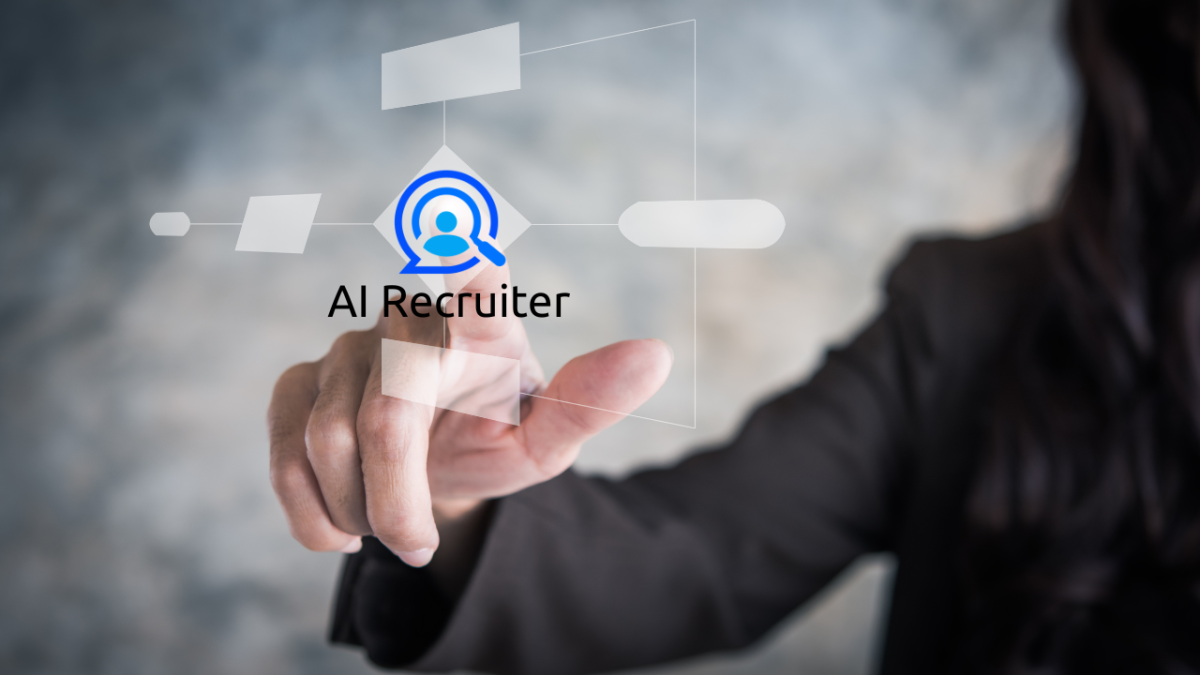AI hiring tools are revolutionizing talent acquisition by enhancing fairness and efficiency. Experts highlight benefits like structured screening, bias reduction, customization, and faster hiring, making AI systems the new industry standard for resume matching.
Table of Contents
The rise of AI hiring tools is transforming the way companies identify and evaluate talent. With resume volumes growing and bias becoming a board-level concern, more recruiting teams are moving away from manual processes and toward data-backed hiring systems.
For more information on CloudApper AI Recruiter visit our page here.
To understand how hiring teams are using AI to enhance fairness and efficiency, we gathered insights from talent acquisition leaders, recruitment operations managers, and HR tech consultants. Here’s what they had to say about the shift to AI-based resume matching and why it’s becoming the new standard.
1. Structured Resume Screening Improves Candidate Quality
Multiple experts agree: traditional resume screening is inconsistent. Factors like formatting, name recognition, or recruiter fatigue often skew decisions. AI hiring tools help eliminate this problem by parsing resumes into structured data and applying consistent scoring logic to every candidate.
The result? Recruiters spend less time sifting through weak fits and more time engaging with high-potential applicants.
2. Bias Reduction Starts at the Screening Stage
Unconscious bias can easily slip into the hiring process—especially in early screening. Many professionals emphasized the importance of removing personal identifiers (like name, gender, or photos) and ranking resumes purely on skill, experience, and relevance.
That’s why more companies are using AI hiring tools that apply the same evaluation model to every applicant. It supports diversity hiring without compromising speed or quality.
3. Customization Is Key to Effective Matching
Experts also noted that flexibility matters. While automation helps with speed, it’s the ability to fine-tune filters and scoring models that gives recruiters control. With tools like AI Recruiter, teams can adjust criteria by role, location, department, or hiring volume.
The best systems are adaptable—letting companies evolve their hiring strategy without rewriting code or retraining staff.
4. Faster Hiring Without Cutting Corners
One recurring theme was the value of time. AI hiring tools reduce manual work, automate assessments, and instantly rank candidates—allowing faster decision-making. But critically, these speed gains don’t mean sacrificing quality. When workflows are configured correctly, automation actually improves evaluation depth and consistency.
In fast-paced hiring environments, that’s a game-changer.
5. Visibility and Reporting Are Built In
Modern talent teams want more than automation—they want insight. Experts noted that AI hiring tools generate structured data that makes tracking easier: time-to-hire, conversion rates, candidate drop-off points, and diversity metrics.
Having this level of visibility enables teams to continuously optimize their process and demonstrate hiring ROI to leadership.
Conclusion: AI Hiring Tools Are Becoming the Industry Standard
Recruitment leaders agree—intelligent, customizable, and bias-aware hiring systems are no longer optional. AI hiring tools like CloudApper’s AI Recruiter offer the speed, fairness, and flexibility modern teams need to scale hiring while maintaining quality and inclusion.
Want to learn how your team can benefit from smarter resume matching?
What is CloudApper AI Platform?
CloudApper AI is an advanced platform that enables organizations to integrate AI into their existing enterprise systems effortlessly, without the need for technical expertise, costly development, or upgrading the underlying infrastructure. By transforming legacy systems into AI-capable solutions, CloudApper allows companies to harness the power of Generative AI quickly and efficiently. This approach has been successfully implemented with leading systems like UKG, Workday, Oracle, Paradox, Amazon AWS Bedrock and can be applied across various industries, helping businesses enhance productivity, automate processes, and gain deeper insights without the usual complexities. With CloudApper AI, you can start experiencing the transformative benefits of AI today. Learn More
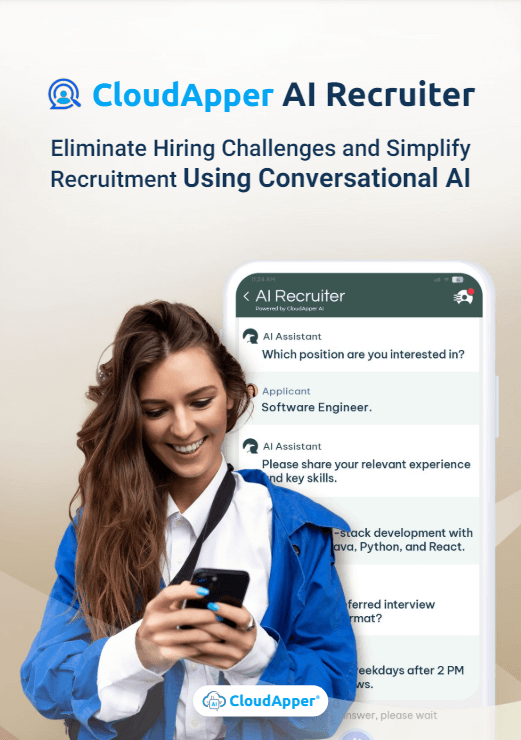
CloudApper AI Solutions for HR
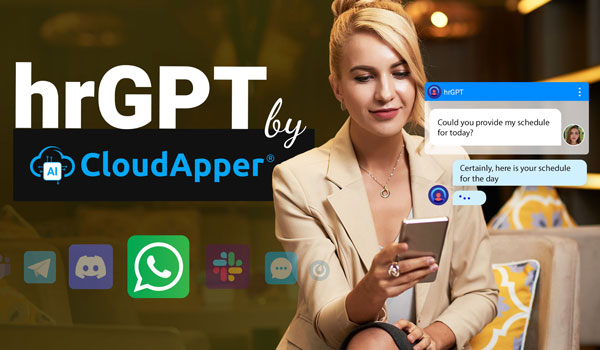
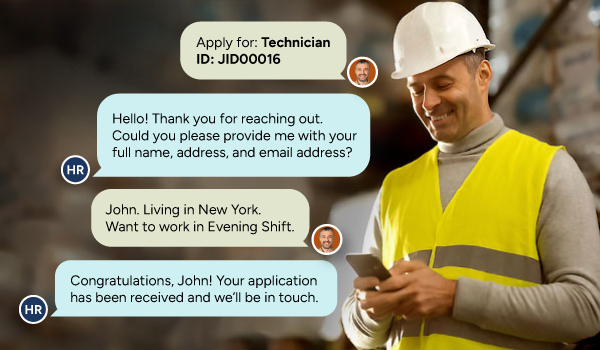

- Works with




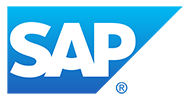



- and more.
Similar Posts

AI Candidate Ranking: Inside the Resume Matching System That Powers…

AI Resume Matching Is the Future of Fair and Fast…

